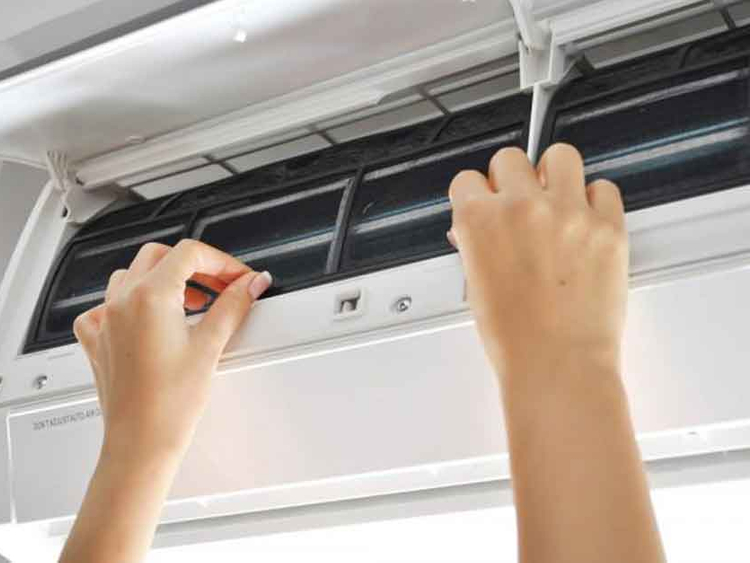As the mercury climbs in UAE thermometers, it’s time to think about how to comfortably make it through the summer. In a season where daytime temperatures can hit 50 degrees Celsius, the most important appliance is the air conditioner. But how does this crucial appliance actually work? GN Focus answers some basic questions about the technology.
1. So, how does an AC work?
The compressor’s fundamental technology is basic. It applies pressure to increase the temperature of refrigerant, a gas, as it comes in from the evaporator. The gas is pushed into a condenser coil that cools the refrigerant via outside air before it’s turned into a hot liquid, which is passed through an expansion valve to be cooled. Hot air is sent outside via an exhaust fan, and cool air is blown into the room.
2. I slept through thermodynamics in high school physics. How many types of compressors are there?
There are several variations. The most efficient compressors use an inverter to control the speed of the compression process. This makes cooling more effective and economical, as the compressor works only to the extent it is needed. Temperatures are also more consistent. Portable and window units use a rotary compressor, turning trapped vapour into high-pressure gas that cools the air coming out of the AC. Inverters can only be found in split unit ACs.
3. Inverter ACs seem pricier than others
True, the upfront cost of an inverter AC will be higher than more basic air conditioners, but savings can be found in the long term. In non-inverter models, the compressor is either running or it isn’t. However, an inverter compressor allows an AC to effectively run on lower power than standard piston or rotary compressors do.
4. Is a window, split or portable AC right for me?
Window AC
Window units are the smallest, easiest to install and cheapest to maintain. However, the two main drawbacks of a window unit are its limited effectiveness — it can only properly cool a smaller room — and the requirement for any room it’s set up in to have a window. Because the compressor is attached to the main AC unit, a window unit is much louder than other types. Akai’s ACMA18WTR1 can be purchased at Sharaf DG for Dh1,099.
Portable AC
Portable ACs are the simplest of the three systems. They require no installation, can be picked up and brought home in a car and moved between rooms with ease. Some portable units come with a window kit, which sends hot air outside through an exhaust fan, while others function on a standalone basis, needing only a power connection to work. The drawback of portable units is their low effectiveness in rooms larger than 20 square metres, relatively energy inefficiency and floor space. Portable units vary in price, with Super General’s SGP182T3 listed on Souq.com at Dh1,400 and Crownline’s smaller PAC-152 for Dh999.
Split unit
Split units are significantly quieter than window units thanks to the distance between the compressor and cooling unit. They’re also better at cooling larger spaces and can be more energy efficient than window units, especially since a single outdoor compressor can be connected to different split units. Additional long-term savings can be enjoyed if the unit is connected to an inverter compressor. That said, a split unit is a fair bit more expensive than a window unit, both in set-up and maintenance. In the premium category, LG’s Dual dual-inverter 132KEC is listed online at about Dh4,000, while a Super General SGS195 at Jacky’s Electronics costs Dh1,200.













